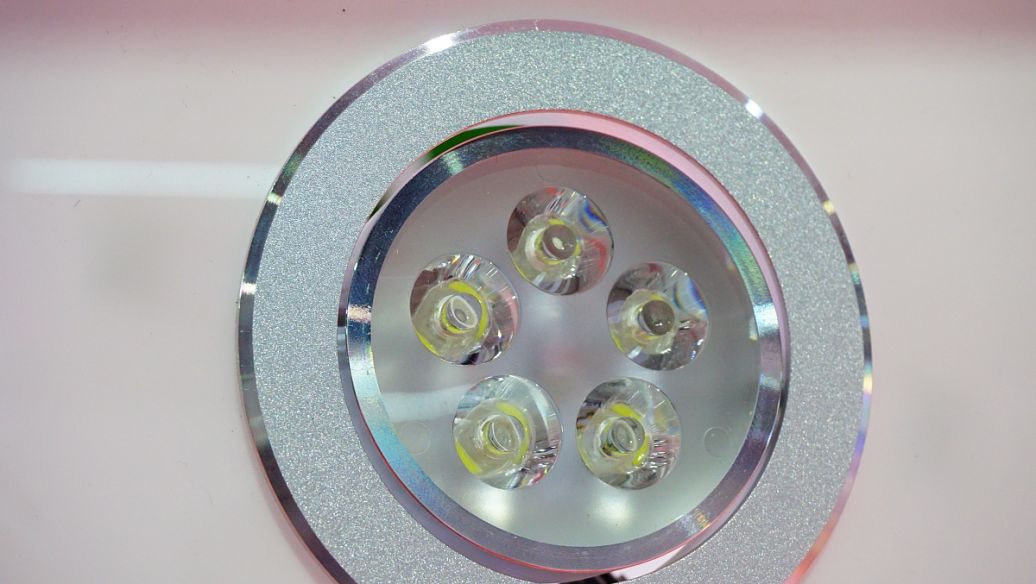

time:2021-11-11 Views:33
Large area 800μm diameter 4H-polysilicon carbide ultraviolet (UV) avalanche photodiode, with high gain (106), high quantum efficiency (81.5%), low dark current intensity, and high UV/visible light rejection ratio. In this product, the variable temperature photoresist reflow technology is used for the first time to produce smooth beveled sidewalls, which can suppress leakage current and avoid premature edge breakdown.
Ultraviolet detection has a wide range of applications in astronomy, communications, and biochemical analysis; ultraviolet light can also be emitted in fluorescence experiments and flames; military warning and guidance systems can use visible-blind ultraviolet sensing to guide or track missile plumes.

The current silicon carbide ultraviolet APD has a large dark current and premature breakdown under a large reverse bias. This method limits the diameter of the current typical silicon carbide ultraviolet APD to less than 250 microns, thereby reducing the sensitivity of detection. The researchers believe that the silicon carbide ultraviolet APD large-area device they are studying may replace the bulky and expensive photomultiplier tube.
Its production started with the corrosion of inductively coupled plasma. In this process, the mesa is tilted to avoid edge breakdown effects; the thick resist used in mesa etching is reflowed, in which the wafer is heated from 90°C to 145°C per minute.
variable temperature provides a smooth slope, and at 145°C, it is different from a constant temperature reflow for 30 seconds, resulting in a jagged surface. At the same time, the undercurrent of the tooth surface will increase, leading to premature breakdown. Fixed temperature reflow will generate uneven thermal field, resulting in spatial variation of resist surface tension and reflow speed, resulting in surface roughness. It has been determined that the APD generated at different reflow temperatures can maintain a stable high breakdown value around 156V, while the APD avalanche photodiode generated at a fixed temperature can vary greatly between 100V and 150V.